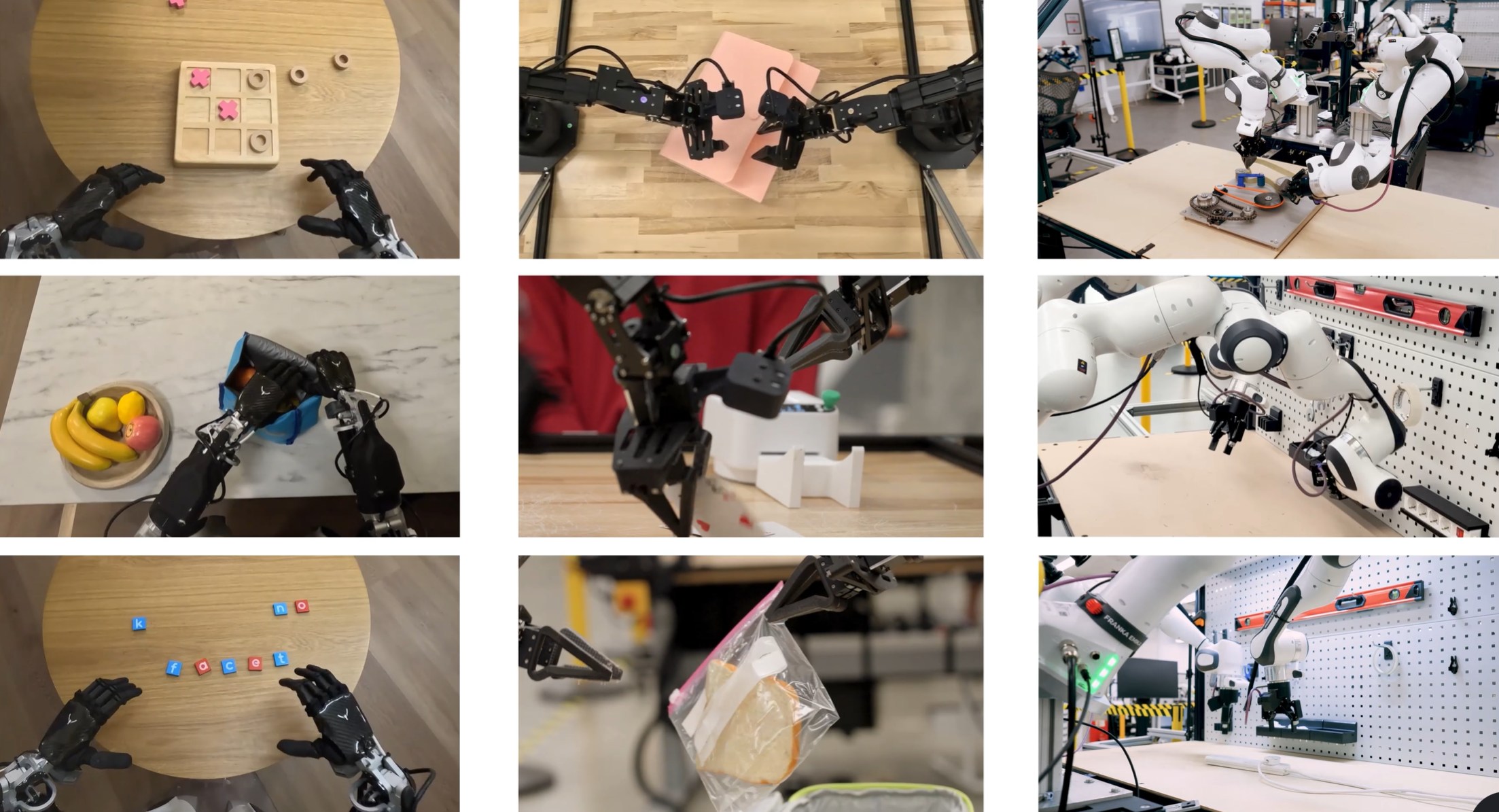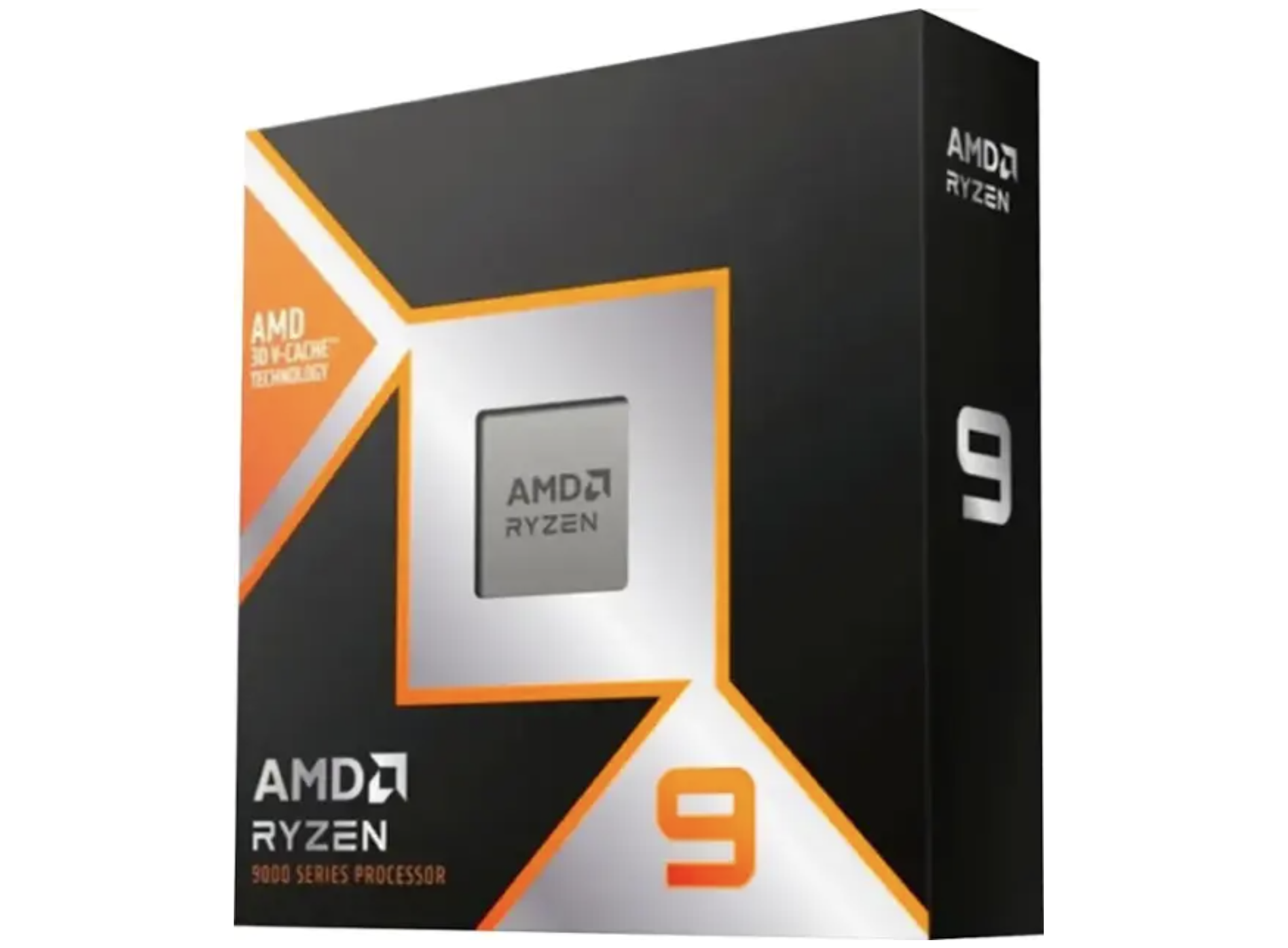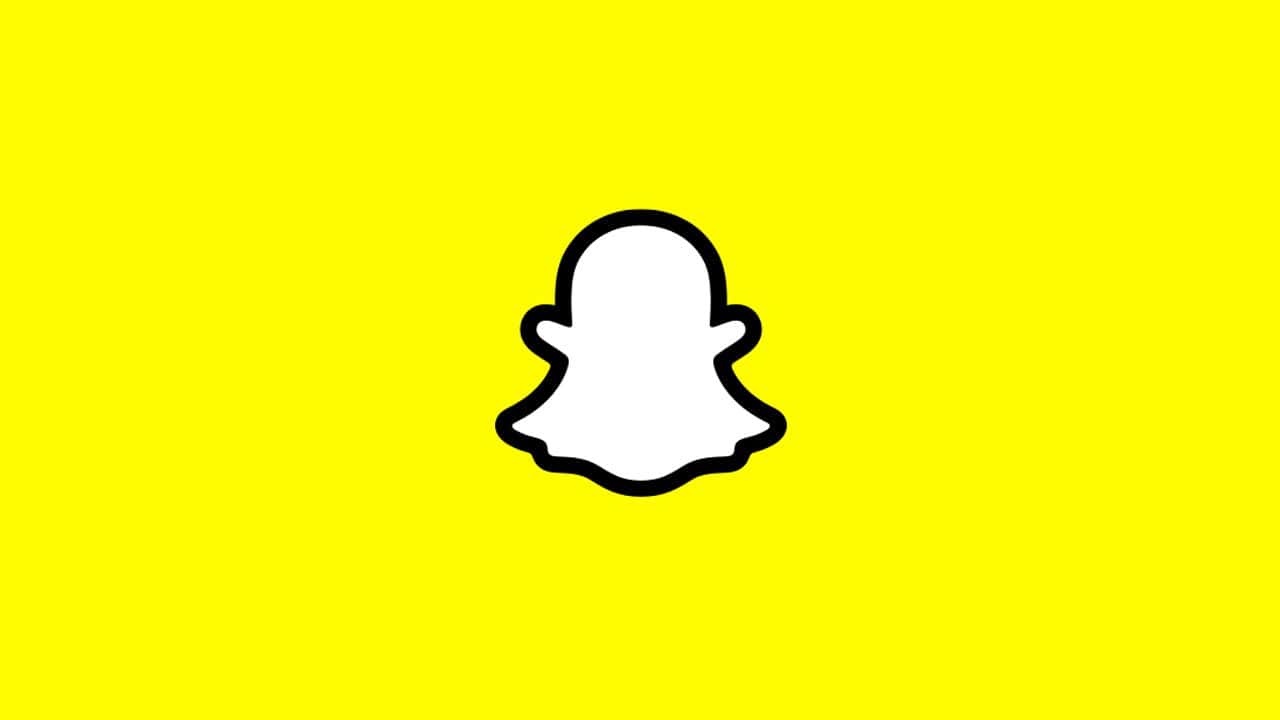Microsoft Patents Rich Presentation Taskbar Buttons In Windows
3 min. read
Published on
Rich presentation taskbar buttons is nothing new, we have seen them from days of Windows XP. Windows Media Player, Windows Search, etc, has more than just buttons in the task bar. In Windows 7, Microsoft made it default to display only the icons of the currently opened or pinned applications in task bar. Also, developers didn’t really take advantage of this concept which Microsoft envisioned. Microsoft considered these rich taskbar buttons as a way to improve multi-tasking. For example, you can play/pause audio in the app that is running in the background without switching to its windows. Microsoft has recently patented this idea and I doubt that Microsoft might be bringing back this feature to cater mouse/keyboard users.
Overview:
The present invention provides a system or method for displaying rich presentation taskbar buttons for a corresponding application. In one example, the rich presentation taskbar button may receive content from an application through a programming interface. The present invention further relates to a system and method for displaying a rich presentation taskbar button and for displaying and/or dismissing a thumbnail of an application window associated with the rich presentation taskbar button. The present invention may further include a system and method of pinning the thumbnail on a display or dismissing a thumbnail. The present invention also relates to a system and method for displaying multiple taskbar buttons in a taskbar including controlling the size of individual taskbar buttons, consolidating taskbar buttons and placing taskbar buttons into an overflow based on the type of taskbar button in the taskbar.
Example Scenario:
As another example, the rich presentation taskbar button may also provide an input means such that the user may input data into the rich presentation taskbar button that is relevant to the application associated with the rich presentation taskbar button. For example, the user may input text into the application by entering the desired text directly into the rich presentation taskbar button. The user may desire text input for a variety of reasons that may depend on the application being used. For example, when communicating via instant messaging with other users, a user may enter text into an instant messaging application window. A typical instant messaging application window contains a field in the window in which to enter text such that the text may be sent instantly to a recipient. However, if the application window for the instant messaging application is minimized for any reason (e.g., to save space on the display), if a “simple taskbar button” is used, the user would also lose the ability to continue an ongoing conversation via instant messaging. If the user wished to converse via instant messaging, the user would have to first open the instant messaging application window before the user could enter any messages to a recipient. This is because the user, who is only provided with a “simple taskbar button” of the instant messaging application, would only observe the name of the application (e.g., the words “Instant Messaging Application” displayed within the corresponding simple taskbar button). However, the simple taskbar button would not provide any additional functionality to enable the user to enter text, continue the conversation, or read any incoming messages or any part of the conversation thread.
Source: USPTO










User forum
0 messages